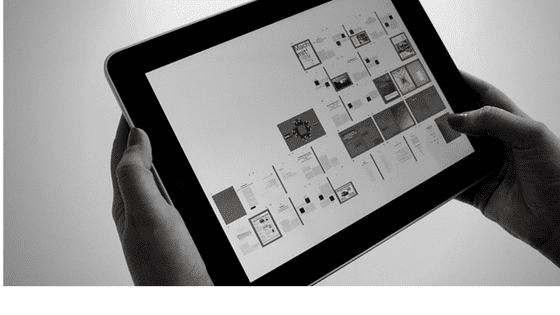Any kind of redesign should be approached carefully, be it for a website or a mobile app. The main reason for this precaution is that years of brand image building could go to waste if people can no longer recognize or relate to the new design. In general, redesign should be the last option after tweaking and optimizing the existing one.

However, as times change and companies grow, their own brand image evolves and needs to be reflected by the company’s digital properties. In other cases, the business grows beyond its original scope and now offers a wider range of products and services, which must be available through the mobile app. Or simply there is a constant glitch plaguing the existing mobile app and the only solution to fix it is redesign.
The Road to Successful Redesign Is Paved with Constant Communication
The number one problem mobile app developers cite in relation to unsuccessful collaborations with clients is lack of proper communication. The process of building or redesigning a mobile app is long and complex, involves decision making at multiple stages and making changes as required by unforeseen circumstances.
Open and clear communication is a great time saver when working with an app redesign team. Beyond making your brief as detailed as possible, you should always provide insight on any aspect which you consider relevant for the designers to understand what you want to change, upgrade or remove from the current app.
These are the key considerations when you decide that your mobile app needs to be spruced up by redesigning:
-
Define the Key Issues to Be Fixed
“This thing here doesn’t work as it should” is not a clear explanation. You should substantiate it with various actual situations reported by users of erratic behavior or malfunctioning. By providing the team of designers with in-depth details of the issue, they can look into it, identify the core problem and fix it. Otherwise, it is probable that a “cosmetic” redesign would leave functionality issues unsolved.
-
Provide Insights into the New Brand Values and Image
If the reason for redesign is a change in your brand image, then you should prepare a detailed brief of what the new image consists of and focuses on. The designers need to understand exactly what emotions, value propositions and customer-centric values your new mobile app should express by its new interface and functionalities.
-
Be Open to Unsolicited Changes
It is possible that during the review of your current app the developers’ team identifies various aspects which should be improved or eliminated. Even if these changes do not fall within the scope of app redesign, you should consider accepting them. These changes may be due to obsolete pieces of code, potential incompatibilities with the new design or even glitches and bugs which were not identified in the initial development phase.
-
Focus on Optimizing User Experience among Top Priorities
There is always room for improvement in app development and design. Once you have decided that your app needs a redesign, go beyond the main issues you want to change and focus on how you can improve user experience through new features or polishing existing ones.
For instance, try to shorten sign-up and other types of forms, include social sign-ins if you do not have them in the current version of the app and improve the ergonomics of button positions and tap areas.
-
Make App Content Easier to Access
One of the key areas which need improvement is the ease of access to content. People have a reduced attention span and patience when they go online on websites and mobile apps. They want to find the information they need without having to tap through many screens. If your current app has a complex navigation structure, try to find ways to make it simpler and give people quicker access to the core content of the app.
As a final consideration, remember that any change must be gradual and users need to be prepared to embrace it. In parallel with developing the new app design you should also prepare a public communication campaign informing your users of the impending change and offering them reasons to be excited about it.




















